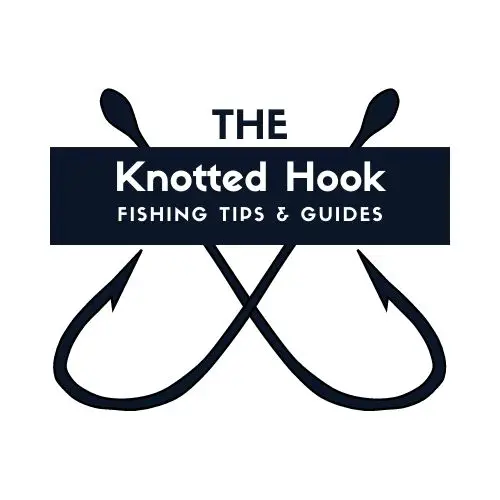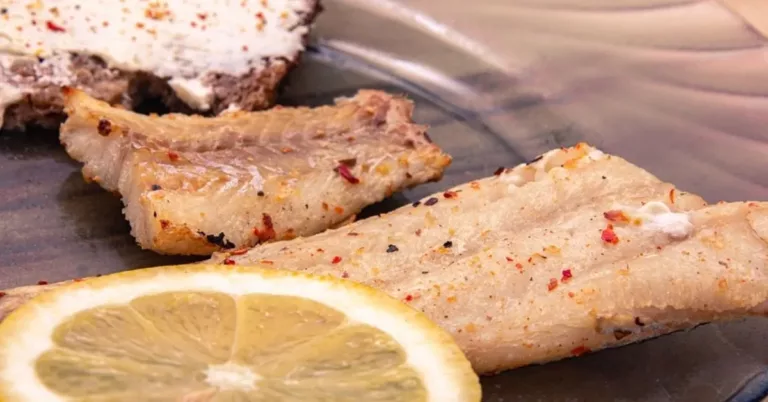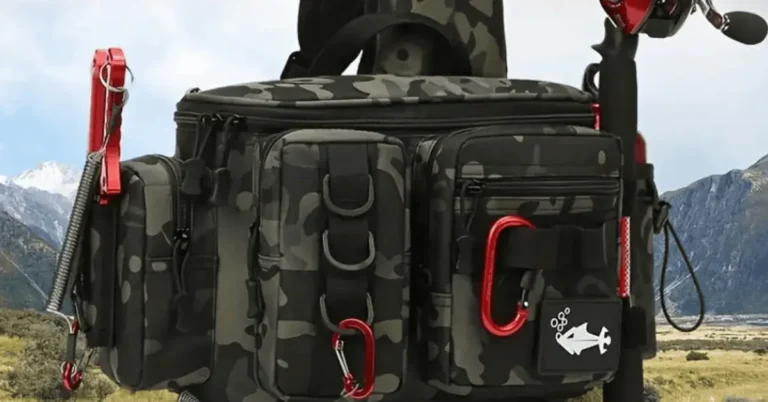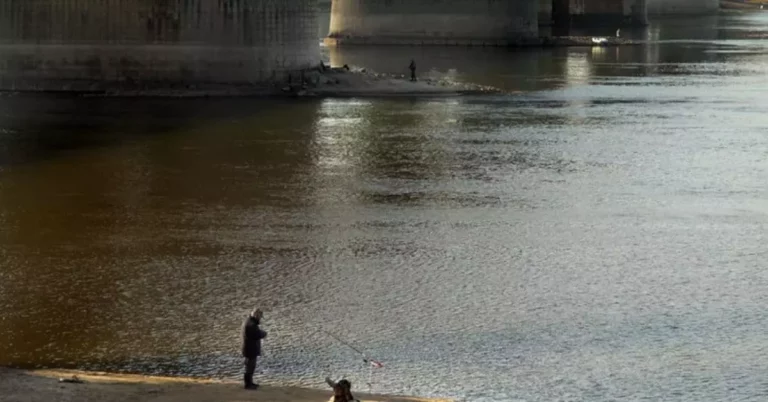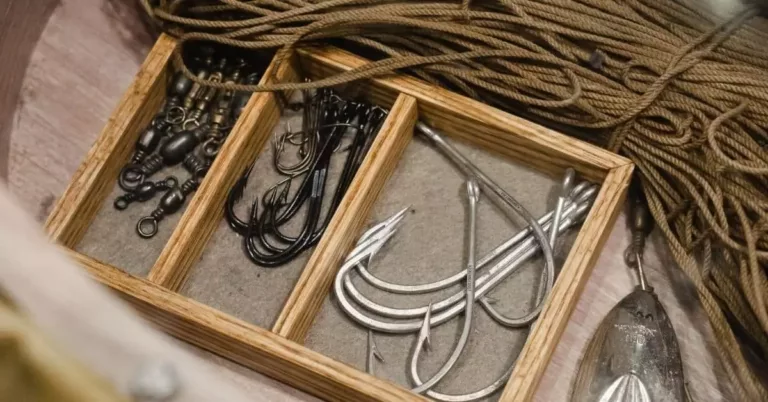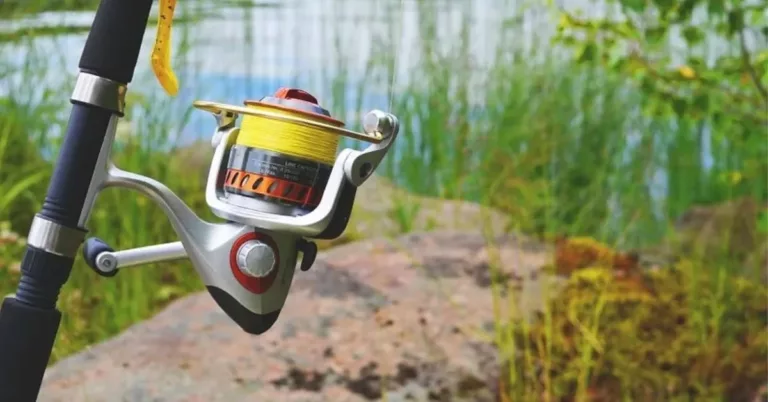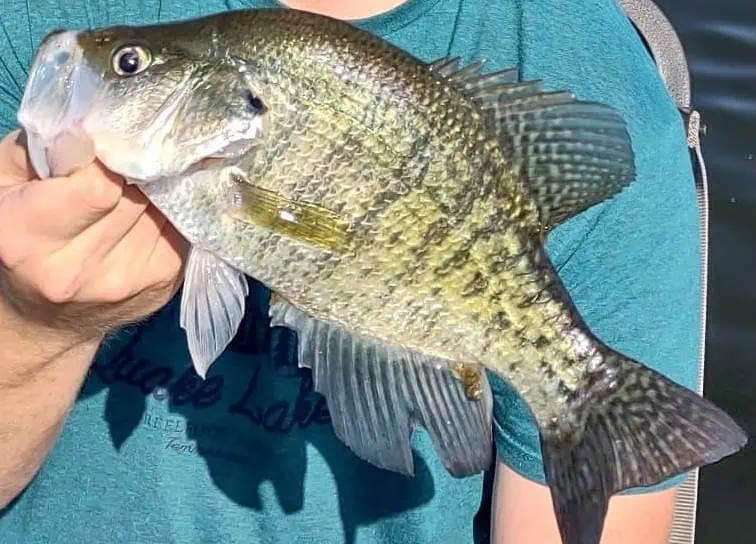Where to Fish for River Crappies and How to Catch Them
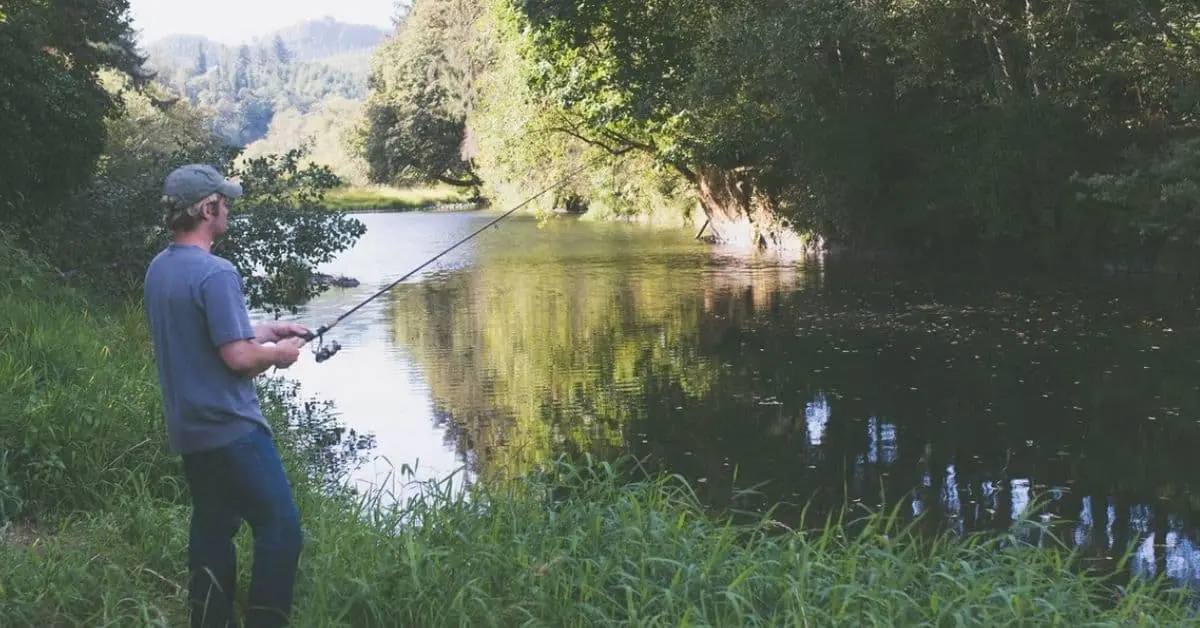
It seems everyone is always talking about how great the fishing is at so and so lake. While this might be the case, for some people a river or larger stream may be more accessible. Another huge and possibly underestimated advantage of river fishing is the fact that the whole family can participate and spread out a bit without having to cram onto a boat.
With that in mind let’s jump into where to fish for river crappie.
The best bet for finding crappie in the river are to seek out those places where the water is deeper in a bend, trees come right up to and protrude into the waters and those areas with large vertical structures such as boulders that provide shelter from the current. Each of these places is likely to hold crappie.
Now that the straightforward answer is covered, it’s time to dive into the details.
Where the Best Fishing Waters are In a River
While you may be used to fishing in large lakes, hunting crappie down in rivers is a bit different. If we are talking huge rivers such as any of the ones named after states then just seek out cover and ledges near the channels.
But for those rivers that are barely more than a stream. These are where the techniques we are going to discuss come into play. These rivers are found either as tributaries to the larger rivers or feeding into lakes.
The one nearest me is called the Etowah River and is maybe 50 to 70 yards wide in most places.
When looking for the crappie in these areas, know that you are far more likely to encounter white crappie than black crappie.
Similar to lake fishing, crappie are going to hold off of structures such as downed logs, trees and rocky outcroppings. These areas provide cover for the bait fish and some shelter for the crappie as well.
Often rivers will run shallow in the straighter areas with bends being deeper, look for crappie around these bends where the water tends to dig out the bank. These areas tend to have a bit deeper water and the river washing the trees out creates places for the bait fish and crappie to hide.
Another key point to keep in mind is that crappie like to hold off of structure just a bit. With that in mind the river’s current prevents this to some extent. Because of that crappie will usually be found downstream just past any kind of brush piles, bridge pillars, rocky outcroppings or logs in the river. Look for them at these locations.
Choosing the Right Fishing Spot
Sometimes you can begin choosing your perfect fishing spot long before the day you go fishing. If the opportunity presents its self check out the river when water levels are down, in the area where I live this is normally during the winter months before the spring rains.
Make note of hollow areas, brush piles and other debris you see. Depending on the circumstances you can even create some of these brush piles in the bends and slower flowing sections of the river. (Make sure not to obstruct boats if the river is big enough for them.)
Pay special attention to the point where a creek enters the river, this will create temperature differences and be a haven for fish when other spots may seem lacking.
Now that you have an idea what to look for its important to know how to select the right one. Crappie are largely visual hunters so the water needs to be clear enough for them to see the bait. Often this will be near areas where the water pools, again in the bends and such.
Do a few test casts before you get to set up at your location. Remember crappie are often down range from the obstacle in the river. Knowing this can help you pick the right spot to fish for crappie.
During your test casts, throw just past the obstacle downstream and bring the bait back towards you. This will have it moving from the current into the lee of the obstacle and then back into the current. Oftentimes crappie will take the bait just prior to it entering the current.
If you haven’t gotten a bite after a few casts, maybe swap up the bait you’re presenting and try a couple more, if still no luck, seek out another spot with the desired characteristics.
In larger rivers, the current tends to be slower along the banks, in these cases try and suspend your jig about 6 inches to a foot above the underwater brush piles and obstacles. Pull your bait right across the tops of these in order to lure the crappie out.
Oftentimes you can bump a vertical log or stump with your jig to entice a strike from the crappie.
After a few trips and testing various areas instead of sitting in the same area for an extended amount of time with no bites, you will learn how to locate the crappie in a river.
Setting Up Your Fishing Gear at a Crappie Spot – What Equipment Do You Need?
While there are dozens if not hundreds of possible combinations for gear that you can use, river crappie setups don’t need to be complicated.
A simple bobber or slip float and jig set up on a 5 or 6-foot rod is sufficient. You can even use cane poles and bream busters with jigs as well.
Often I have excellent luck using a 13-foot bream buster with a 1/8th jig and a 1-2 inch minnow. I will rig this about 2 feet below a relatively small bobber. I want it to just stay on the surface but not float high.
This ensures that when the crappie strikes the minnow, he doesn’t feel the bobber and lets go.
Essentially you can use any crappie gear you would normally use on a lake in a river, this even goes for the massive 16-foot-long trolling rods. A longer rod allows you to jig fish nearly any structure from the bank of the river, but at the same time the longer rod could become tangled in overhead branches if you aren’t careful. Thus select a rod length appropriate to the spot you intend to fish.
Conclusion
Finding crappie in a river isn’t that difficult. Look for them at depth changes in the water, in and around brush piles and on the lee side of underwater obstacles such as bridge pilings, dead trees and rocky outcroppings.
You don’t need any special equipment and have a few advantages over fishing from a boat on the lake. So grab the family, pack a picnic and head down to your local river bank so that you can all get some time in the sun.
